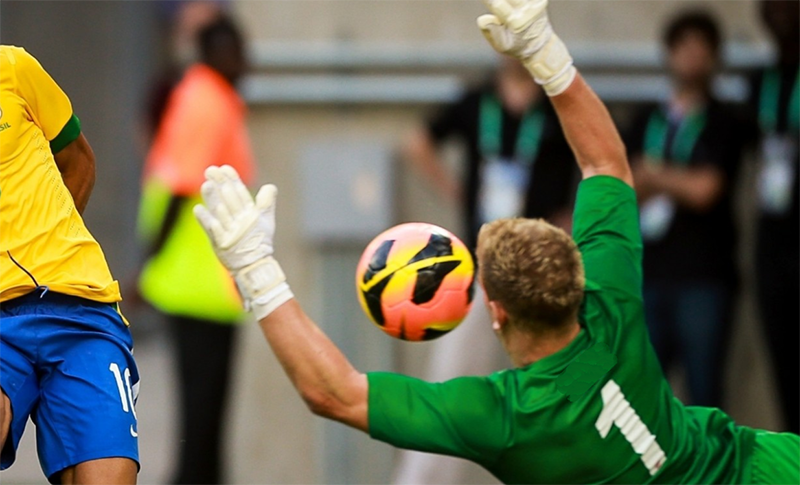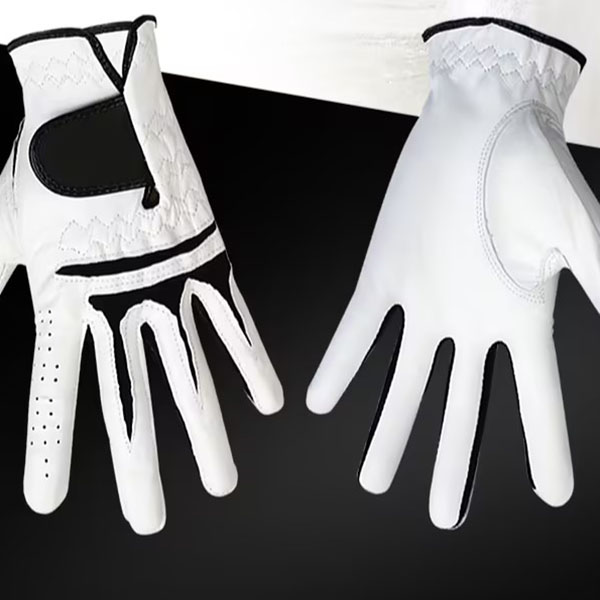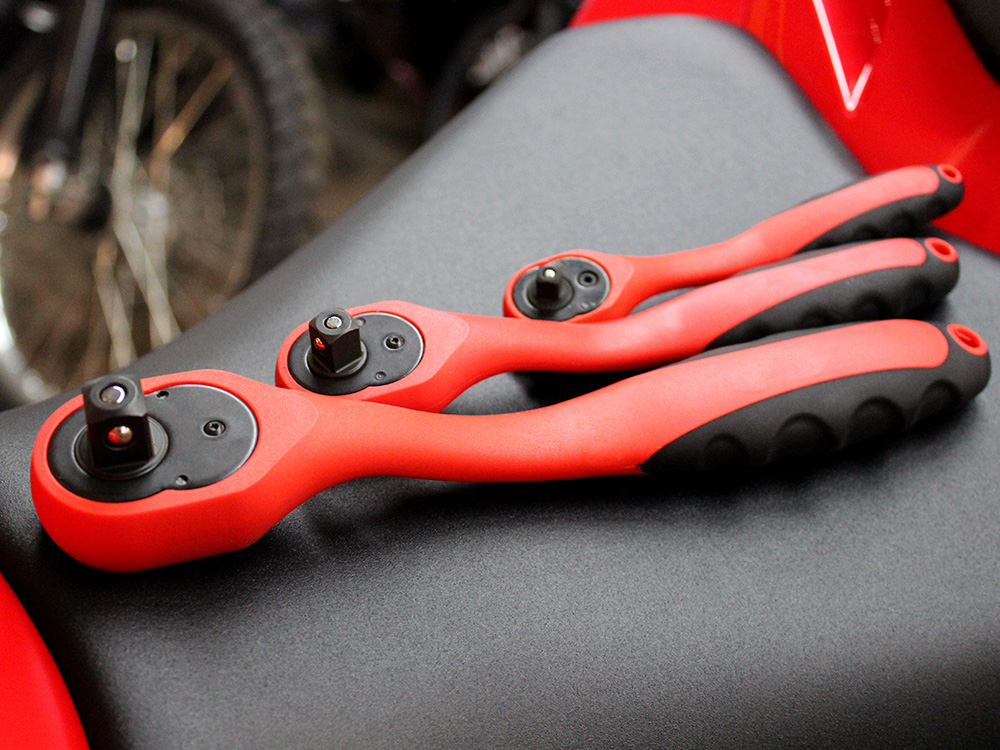
Detail
SILIKE Si-TPVs and Modified soft & slip TPU granules combine the strength, toughness, and abrasion resistance of thermoplastic elastomers with the desirable properties of silicone, such as softness, a silky feel, UV and chemical resistance, and excellent colorability. Unlike traditional thermoplastic vulcanizates (TPVs), these soft elastic materials are recyclable and can be reused in manufacturing processes. Additionally, the soft TPU modifier particles reduce dust adsorption, offer a non-tacky surface that resists dirt, and are free from plasticizers and softening oils, making them odorless and precipitation-free.
With these unique properties, SILIKE Si-TPVs and Modified soft & slip TPU granules provide an optimal balance of safety, aesthetics, functionality, ergonomics, durability, and flexibility. These Eco-Friendly Soft Touch Material solutions ensure that sports gloves deliver long-lasting comfort, fit, and performance, all while addressing the industry's growing focus on sustainability.
Key Benefits
Durability Sustainability
- Advanced solvent-free technology, without plasticizer, no softening oil, and odorless.
- Environmental protection and recyclability.
- Available in regulatory-compliant formulations.
Application
From Eco-Friendly Soft Touch Material Si-TPV to Modified Soft & Slip TPU granules, our innovative materials redefine comfort and durability. Whether used in boxing, cricket, hockey, goalkeeping, or sports such as baseball, cycling, motor racing, and skiing, gloves made with SILIKE’s Si-TPV (Dynamic Vulcanizate Thermoplastic Silicone-based Elastomer) and Modified Soft & Slip TPU granules provide athletes with superior protection and comfort. These materials enhance performance across a wide range of sports.
Solution:
Uncovering Novel Sporting Glove Materials: Strategies to Address Market Challenge
Introduction to Sporting Glove
Sports gloves, a critical protective accessory in the world of athletics, have become an integral part of many athletic activities. The key functionalities and benefits offered by gloves include protection against nerve and musculoskeletal damage, prevention of injury disorders and pain, a firmer grip and anti-slippage, protection against cold in winter sports, heat and UV protection in summer sports, prevention of hand fatigue, and enhancement of athletic performance.
From boxing, cricket, hockey, goalkeeping in football/soccer, baseball, cycling, motor racing, skating, skiing, handball, rowing, and golf to weightlifting, sports gloves have evolved over the years to meet the demands of various sports and their participants.
However, the choice of materials and construction techniques for sports gloves is crucial, as it directly impacts an athlete’s performance.
In this article, we will delve into the sports gloves industry, exploring its history, and common Challenges of sports gloves, revealing the fascinating technological innovations that have shaped the modern sports gloves industry, How to Solve Sports Gloves Challenges, and Performance Pain Points.
The history Evolution of Sports Gloves: From Leather Wraps to High-Tech Marvels
1. Ancient Origins: Leather Wraps and Straps
The concept of hand protection in sports dates back thousands of years. In ancient Greece and Rome, athletes in combat sports and competitions used basic leather wraps or straps. These early gloves offered minimal protection and were primarily designed to improve grip during competitions.
2. 19th Century: The Birth of Modern Sports Gloves
The modern era of sports gloves began in the 19th century, notably in baseball. Players started using padded leather gloves to protect their hands while catching balls. This development improved both safety and performance.
3. Early 20th Century: Leather Dominance
Leather gloves dominated the sports landscape in the early 20th century, typically made of cowhide or pigskin. They offered a combination of protection and grip, making them popular for athletes in sports like baseball, boxing, and cycling.
4. Mid-20th Century: The Advent of Synthetic Materials
The mid-20th century marked a significant turning point in sports glove materials. Synthetic materials like neoprene and various types of rubber were introduced, offering enhanced flexibility, durability, and grip. For example, neoprene’s water resistance made it ideal for water sports like surfing and kayaking.
5. Late 20th Century: Specialized Sports Gloves
As sports and athletes became more specialized, so did sports gloves. Manufacturers created gloves tailored to specific sports. For example:
1) Goalkeeper Gloves: Featuring latex palms for superior grip and padded protection.
2) Batting Gloves: Developed with added padding for baseball and cricket players.
3) Winter Gloves: Insulated gloves became essential for cold-weather sports like skiing and snowboarding.
6. 21st Century: Cutting-Edge Technology
The 21st century brought technological advancements, such as:
1) Smart Gloves: Equipped with sensors to track metrics like grip strength and hand movement.
2) Advanced Grip Materials: Silicone and rubber elements have improved grip strength, especially in wet conditions.
3) Breathable and Moisture-Wicking Fabrics: Modern fabrics keep athletes’ hands dry and comfortable, preventing overheating and excessive sweating.






















